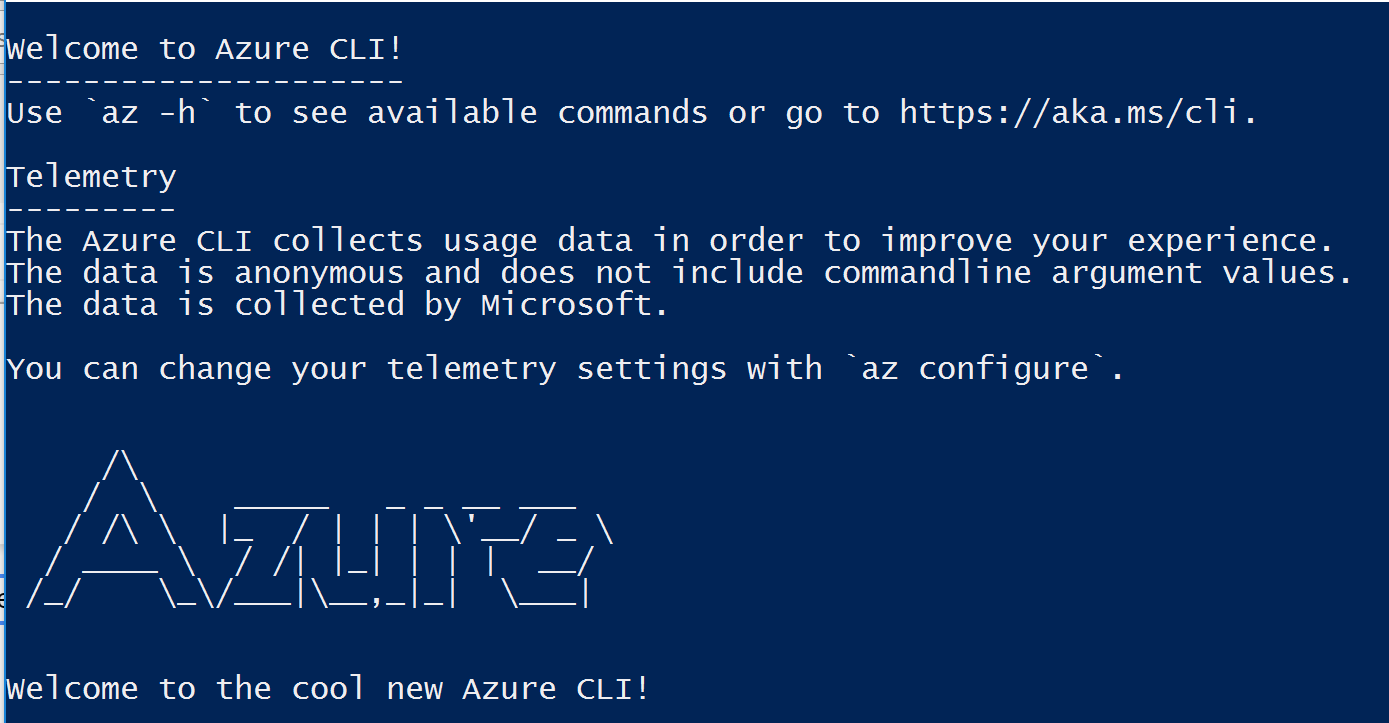Dockerize the Azure IoT-Edge Gateway
Like most developers in the IoT space, I write code that is typically destined for Linux run-times; but I spend my days typing away on a Surface Book running Windows. In days past, when I needed to do some hacking, I’d fire up a Raspberry PI or jump over onto one of a few Ubuntu VMs running HyperV sucking up disk space, processor time and RAM. Thankfully, technology has progressed and these days, with Docker being all the rage, I just spin up a container and get to work.


